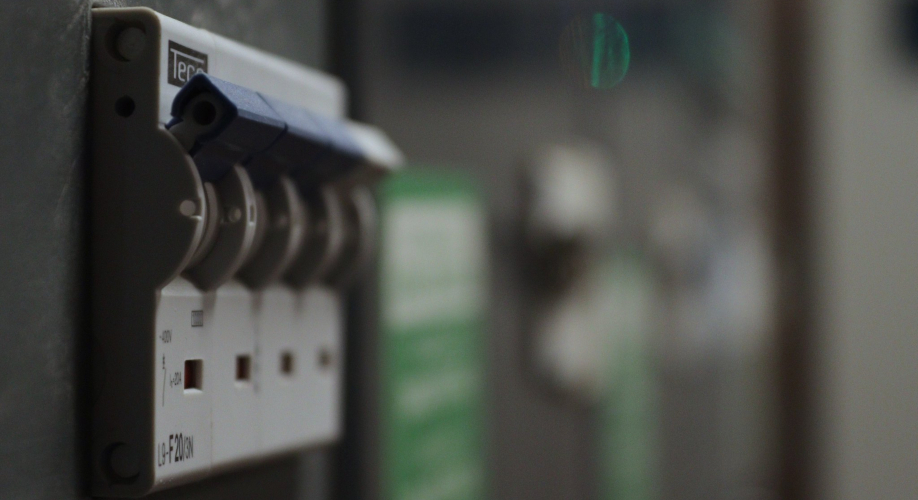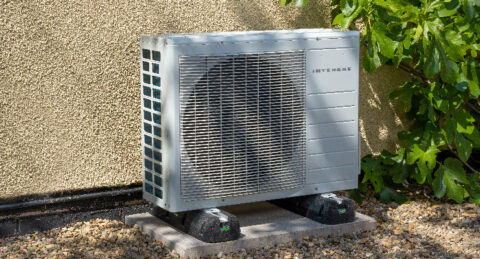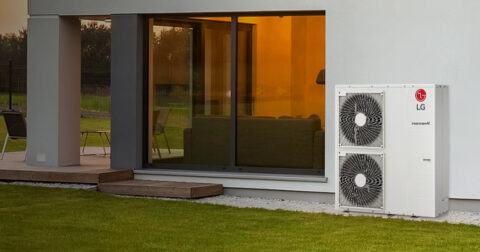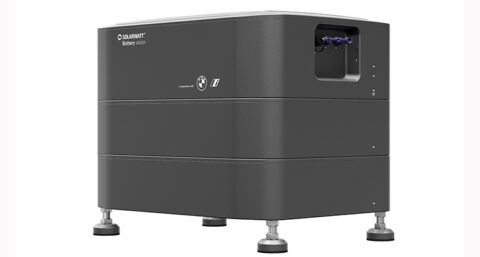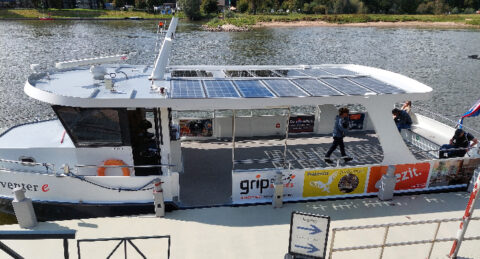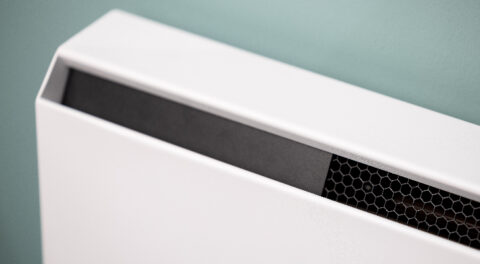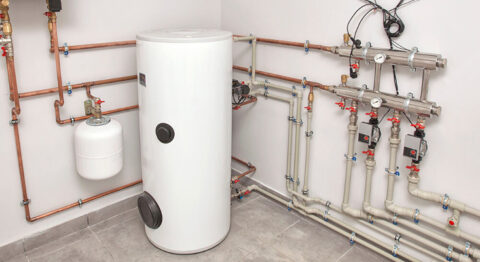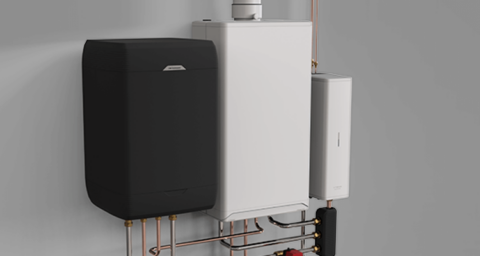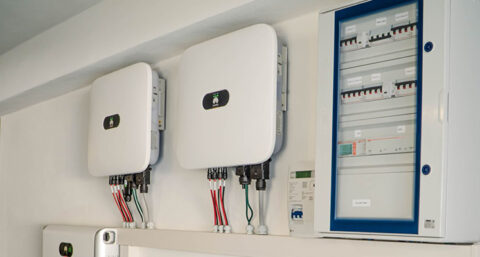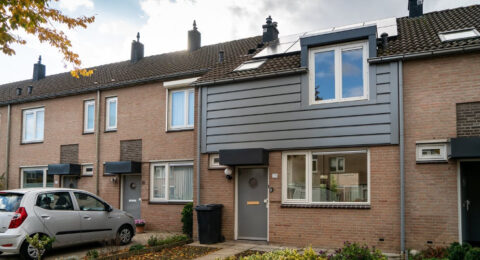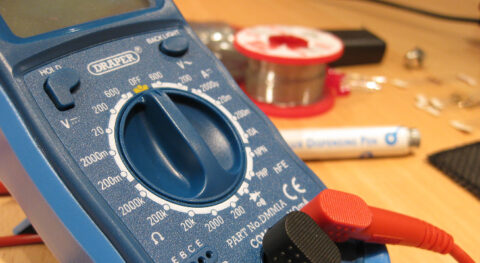The distribution board is the heart of the electrical system in a home or other building. The distribution board is made up of several components. Some of them are standard, such as a main switch, circuit breakers and a residual current device. Other components can be added as desired. This ensures that the distribution board looks different in every building.
Group box and other terms
When it comes to electricity in the built environment, all sorts of terms are used interchangeably, especially by "laymen. The older generation often talks about the fuse box. That term dates back to the days when the meter box still contained porcelain fuses. Younger people talk about the group box. Professionals sometimes talk about power distribution or power distribution system, but those are such long words. So group box remains the most common anyway.
And then the meter box, which is the room in which the group box is located. The word meter box has been renamed meter room for clarity.
What standard components belong in a distribution box?
These are at a minimum: a main switch that can turn on or off all connected electrical systems at once. There are two flavors: the 2-pole variant is suitable for the 1 phase group box. The 4-pole for the 1/3 phase and 3 phase group box. In residential installations, a 40A main switch is usually sufficient. In industrial installations, a 63A main switch is more obvious. One main switch per home is enough.
Furthermore, depending on the number of electrical points in the house, a number of circuit breakers (the groups). One RCD is required per four such circuit breakers. A cooking group is not mandatory, but it is standard nowadays in new buildings because electric cooking is used there.
What additional components can be added?
Depending on the situation and customer requirements, there are several options. An additional electrical outlet may be handy. And is there an electric doorbell at the front door? Then a bell transformer (in full doorbell transformer) ensures that the mains current is converted to low-voltage current, because a doorbell works on 8, 12 or 24V and not on 230V. A surge component protects the electrical system if lightning should strike. A power group is needed if there is an appliance or facility in the house that requires a lot of power. For example, a PV system or a Jacuzzi. A ground fault circuit breaker is an installation circuit breaker with a ground fault function. Such a component is sometimes added to fuse installations separately.
Group boxes can be bought ready-made, but realize that you can't adjust/add anything in them later!
Why do you need to make a group diagram?
It is not mandatory to make such a diagram. But it is very handy for a resident to be able to see which electrical points are connected to which group. It is also convenient for an electrician who comes to work on the installation in the future. For example, in case of a malfunction, or when expanding or modifying the distribution board. A group diagram gives immediate insight into the situation. If you are installing a new distribution board somewhere, that is the time to make a diagram. It is also appreciated if you put stickers with designations on the distribution board.
How (often) do you test a ground fault circuit interrupter?
If you are going to do any work on the distribution board, always test the ground fault circuit interrupter. On most types there is a button with a T on it. Push it. The power should now go out. If it does not, the GFCI is not working and it is time for a new one.
Actually, an occupant should test the ground fault circuit interrupter regularly, but practice shows that very few people do so. Hence it is wise to do it before you start working on the distribution board. Do advise the customer to do their own testing from now on: the transition from summer to winter time and vice versa are logical times to do so. Clocks on appliances will have to be reset anyway.
What is the difference between a 1-phase or a 3-phase distribution board?
The main difference is that on a 3-phase distribution box, a connection can be made for power current. This allows a higher voltage to run through the cabinet. In general, a single-phase distribution box is sufficient for an average home without large consumers. A 3-phase distribution board is intended for homes with higher energy consumption, for example, if electric cooking is used or if there is a charging station for an electric car.
If you are installing a new distribution board somewhere, ask if the customer plans to purchase large consumers in the future. If so, always choose a 3-phase fuse box.
How do you determine how many groups are needed?
Calculate the maximum load by multiplying the number of amps by 230 volts. For a 16-amp group - common in a home - the maximum load is 16 x 230 = 3,680 watts. An electrical appliance is marked with how much power it requires. So count the number of electrical outlets and see which appliances are powered by them. This way you can find out which appliances fit together on one group. Note: put an electrical appliance with a high power (more than 2,000W) on its own group.
It is mandatory to have at least two earth leakage circuit breakers in the distribution box. A maximum of four 16 ampere groups may be connected to one 2-pole earth leakage circuit breaker. For a power group, use a 4-pole earth leakage circuit breaker.
What requirements/standards apply to the group box?
Important to know: a distribution box must meet the requirements in force at the time of installation. These are currently: the NEN 1010 for the installation of safe low-voltage installations, the NEN 2768 that defines the requirements for the size and layout of a meter room in a residential function, and the product standard NEN-EN-IEC 61439-3 for distribution boards.
Furthermore, group boxes and their components (if all goes well) are CE marked, which guarantees that the product complies with the applicable rules within European regulations.
What does a new distribution board cost?
As an installer, you've probably heard this question many times. The answer can only be given after you have looked at the customer's meter room. There are quite a few factors that influence the price: type of distribution board, brand (every installer has his own preference), how many circuit breakers need to be installed in the distribution board. In addition to the standard components, the customer may want extras installed. And then there's the wiring, and the installation itself; depending on the requirements, it will take you x number of hours. So don't be tempted to 'just' say anything in advance, go and take stock of the requirements. Then you will have a good idea of what needs to be done and you can make a cost estimate.
